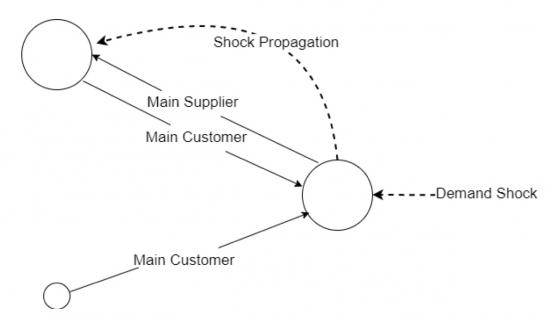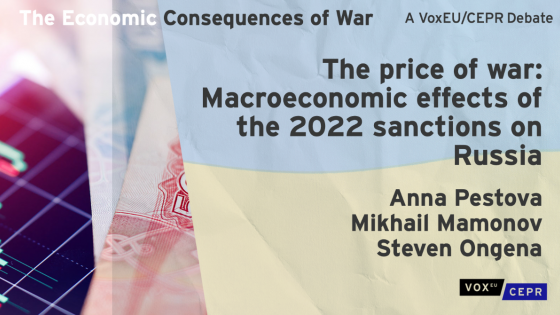DP6919 Why Does Gasoline Cost so Much? A Joint Model of the Global Crude Oil Market and the U.S. Retail Gasoline Market
There is an important distinction between the price of gasoline in the U.S. and the price of crude oil in global markets that is often ignored in discussions of the impact of higher energy prices. This paper makes explicit the relationship between demand and supply shocks in these two markets. Building on a recently proposed structural VAR model of the global crude oil market, it explores the implications of a joint VAR model of the global market for crude oil and the U.S. market for motor gasoline. It is shown that it is essential to understand the origins of a given gasoline price shock, before predicting the likely path of the price of gasoline or of gasoline consumption, since each demand and supply shock is associated with responses of different magnitude, pattern and persistence. The paper assesses the overall importance of these shocks in explaining the variation in U.S. gasoline prices and consumption growth, as well as their relative contribution to the surge in U.S. gasoline prices since 2002. The findings have important implications for the future evolution of the real price of gasoline. Although there is considerable uncertainty about the determinants of the price of gasoline, this paper makes the case that the real price of gasoline is likely to remain high for several years.


